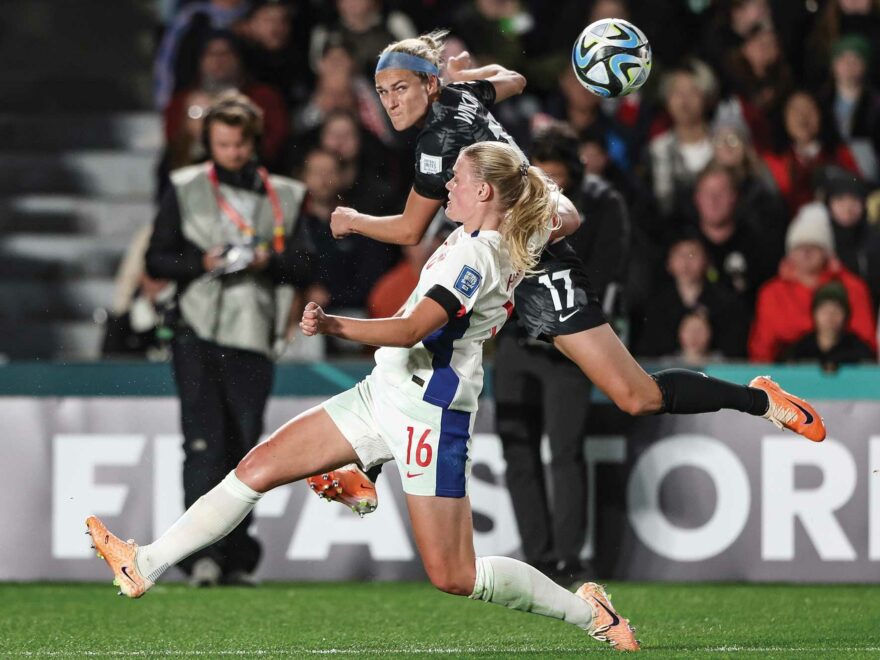In the next few months, New Zealand Football will face its biggest challenge in more than a decade.
Essentially, the question is this; Now that the Fifa Women’s World Cup party is over, what comes next?
The tournament, which culminated with Spain’s triumph in Sydney in late August, was spectacular.
Its success went beyond the wildest dreams of organisers, especially on this side of the Tasman.
There were well publicised concerns about ticket sales, with chief operating officer Jane Patterson telling me before the tournament that the situation was keeping her awake at night.
New Zealanders might have been slow to get going but once they got the buzz, they dived in. Records were set numerous times at Eden Park, culminating in the 45,000 strong attendance for the semi-final in Auckland between Spain and Sweden. But there were also impressive crowds in Hamilton, Wellington and Dunedin, even for unfashionable teams at unusual times, like Monday evening or Thursday lunchtime.
Overall, almost 600,000 attended the 29 matches in this country, an average of more than 20,000 per game. It was sparked by the Football Ferns’ epic opening night victory over Norway, at a packed Eden Park, which captured the imagination. That culminated in more than 620,000 television viewers tuning in for the final group stage match in Dunedin, while the local audience reach across the tournament was 1.88 million, almost 40 per cent of the population.
Kiwis caught football fever in an unprecedented way. There will be thousands of young girls – and boys – that were inspired by the likes of Jacqui Hand, Malia Steinmetz and Hannah Wilkinson, that now want to take up the game. And while many fans were only there for the event, there will still be a significant new audience for the sport.
So what can NZF do? History isn’t kind. In 1982 the whole country went football crazy – following the fairytale qualification achieved by the All Whites for the men’s World Cup in Spain, but the governing body couldn’t capitalise on the opportunity. It was similar after the 2010 Fifa World Cup in South Africa, as the legacy of that tournament – which saw Ricki Herbert’s team emerge unbeaten from the group stage – isn’t what it should have been.
This is the third chapter. It could be big. After England hosted the European Championships in 2022, there was a 53 per cent increase in participation levels, while numbers in France were also boosted by tens of thousands after they staged the 2019 Women’s World Cup.
From the grassroots up, NZF needs to be ready to manage that influx. Young (and older) players new to the sport will require access to teams, fields, clubs and coaching resources, as they take the chance to emulate their heroes. After the glamour of the World Cup, the governing body need to sell the dream, as the game has never been more attractive, especially to young females.
They also have to provide opportunities to market the sport. There is a new audience for the Ferns, who need to play at home more often, after only eight matches here in 12 years, before the homecoming games last November in Christchurch.
The final piece of the puzzle is high performance. The global boom in women’s football is wonderful, shown by the achievements of Colombia, Morocco and Nigeria but also makes it hard for New Zealand to keep up. The sport is taking off in South America, Africa and Asia – especially in countries where females barely played previously – while European nations are getting stronger and stronger and the Ferns will need to evolve rapidly to compete.
Michael Burgess – Sports Writer

